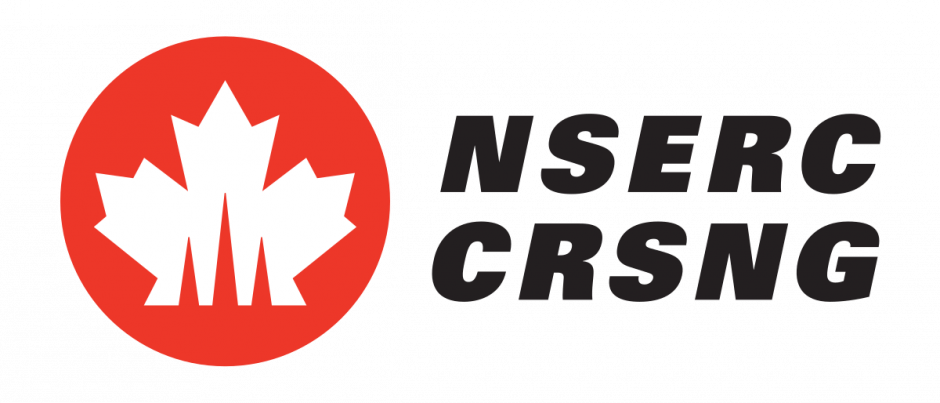
To meet Canada’s urgent housing needs, we must rapidly construct more buildings that are economical, more sustainable, and that can withstand natural disasters, such as earthquakes. Precast concrete construction is poised to meet these demands, with high-quality controlled, factory built structural components (i.e., wall panels) that can be shipped to the site and rapidly assembled. Designing the connection hardware between structural components to dissipate earthquake energy rather than damage the structural components results in a highly efficient building. Unfortunately, there is an extraordinary lack of research related to Canada’s seismic design of precast buildings, despite a surge of use over the last 50 years. The absence of research leadership has resulted in Canadian building codes lacking precast specific seismic design provisions, limiting the use of this modular construction method. My overarching career goal is to create the first research center in Canada that develops new connections, components, and structural systems for precast buildings to resist earthquakes, and ultimately advise building codes. I will use this Discovery Grant (DG) to advance this goal by developing seismically robust precast core walls, a critical component for the efficient construction of high rise buildings.
Core walls are interconnected reinforced concrete walls that usually surround elevator shafts and stairwells. Currently, core walls use cast-in-place construction, where walls are built onsite in their permanent position.


These integrated walls are crucial for enabling highrise buildings to resist lateral forces from earthquakes. However, building precast core walls is currently not practical as functional methods to connect panels perpendicularly are lacking. Further, we do not fundamentally understand how highrise precast buildings respond to earthquake shaking. With this DG, I will develop new design methods for highrise precast core walls that are seismically robust through three shortterm objectives. Objective 1 will develop computer models to simulate earthquake shaking on a range of highrise precast buildings to assess and quantify the seismic response. Objective 2 aims to develop new perpendicular wall connections and build physical of connected walls to test their cyclic responses. Finally, Objective 3 initiates the study of precast core walls, including computer simulations, and creates a program for the physical testing of such systems.
To achieve these goals, I have partnered with precast industry professionals committed to addressing these urgent needs and providing practical insights. Their partnership will provide students with opportunities to train with industry and maximize the overall impact This research program will impact all Canadian construction, even areas with low seismic activity (e.g., Toronto), as the design of larger buildings that have considerable mass (i.e., highrises) are often governed by earthquake demands.
Researchers


Prospective Postdoc




Industry Partner







